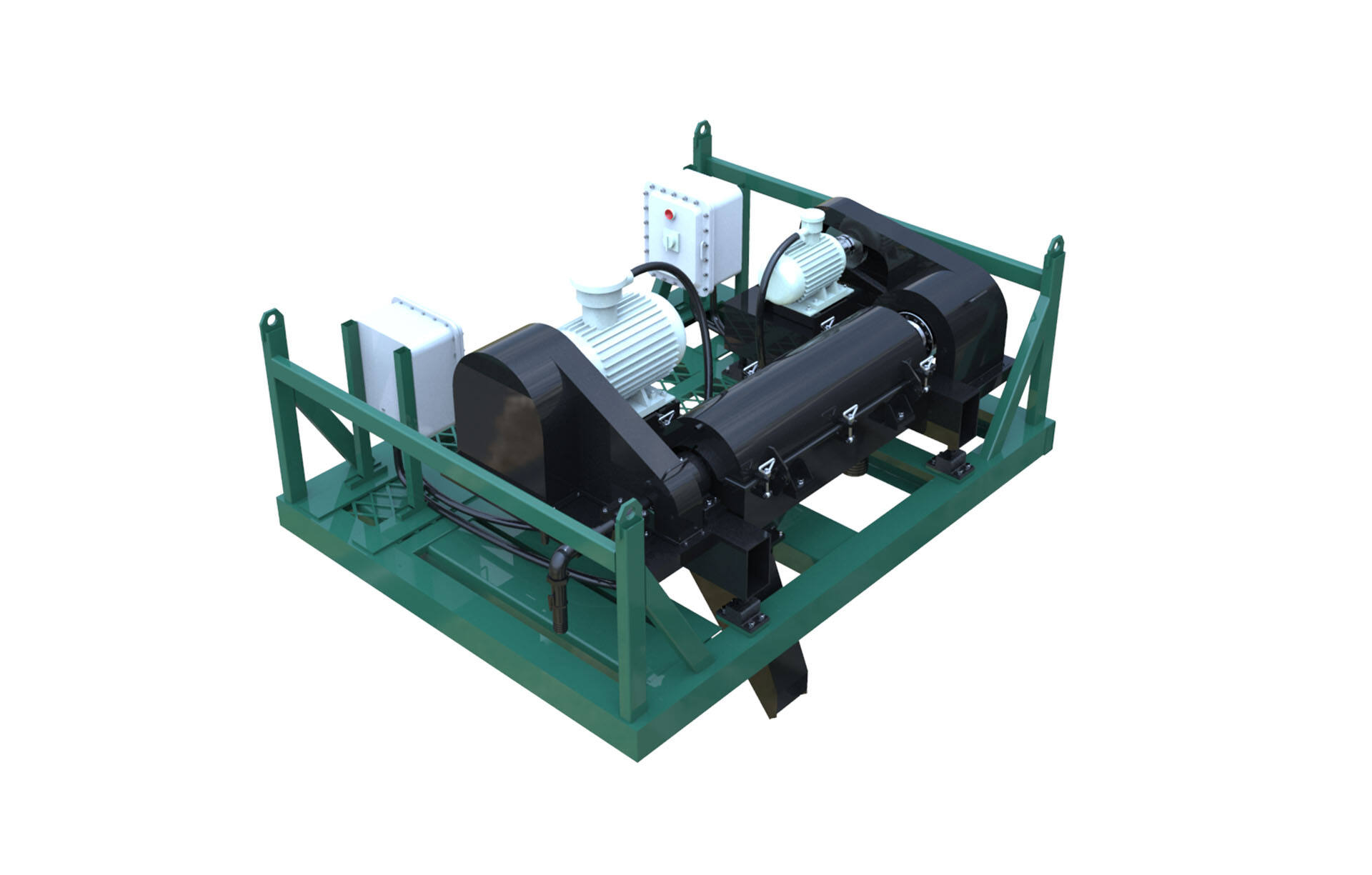dredging waste treatment
Dredging waste treatment is an advanced environmental management process that focuses on handling and processing materials extracted during dredging operations. This comprehensive system efficiently manages sediments, sludge, and other materials removed from water bodies, transforming them from potential environmental hazards into reusable resources. The treatment process incorporates multiple stages, including dewatering, separation, and purification, utilizing cutting-edge technology to ensure optimal results. Modern dredging waste treatment systems employ sophisticated filtration mechanisms, advanced chemical processing, and innovative mechanical separation techniques to handle various types of dredged materials effectively. The technology can process large volumes of waste while maintaining high environmental standards and meeting strict regulatory requirements. These systems are designed to handle diverse materials ranging from contaminated harbor sediments to river maintenance waste, making them versatile for various applications. The treatment process not only addresses immediate waste management needs but also contributes to sustainable environmental practices by converting waste materials into useful products for construction, land reclamation, or other beneficial uses.

